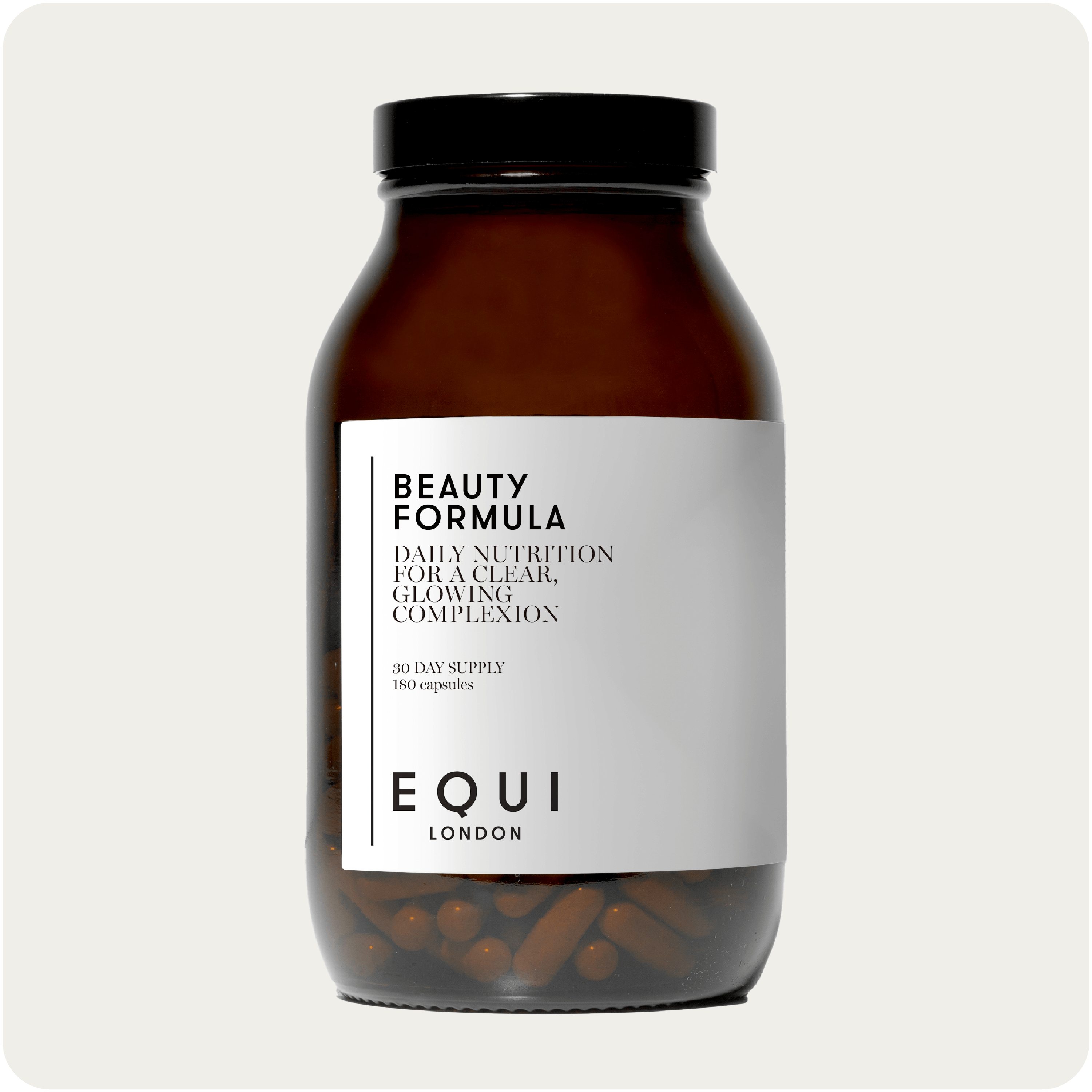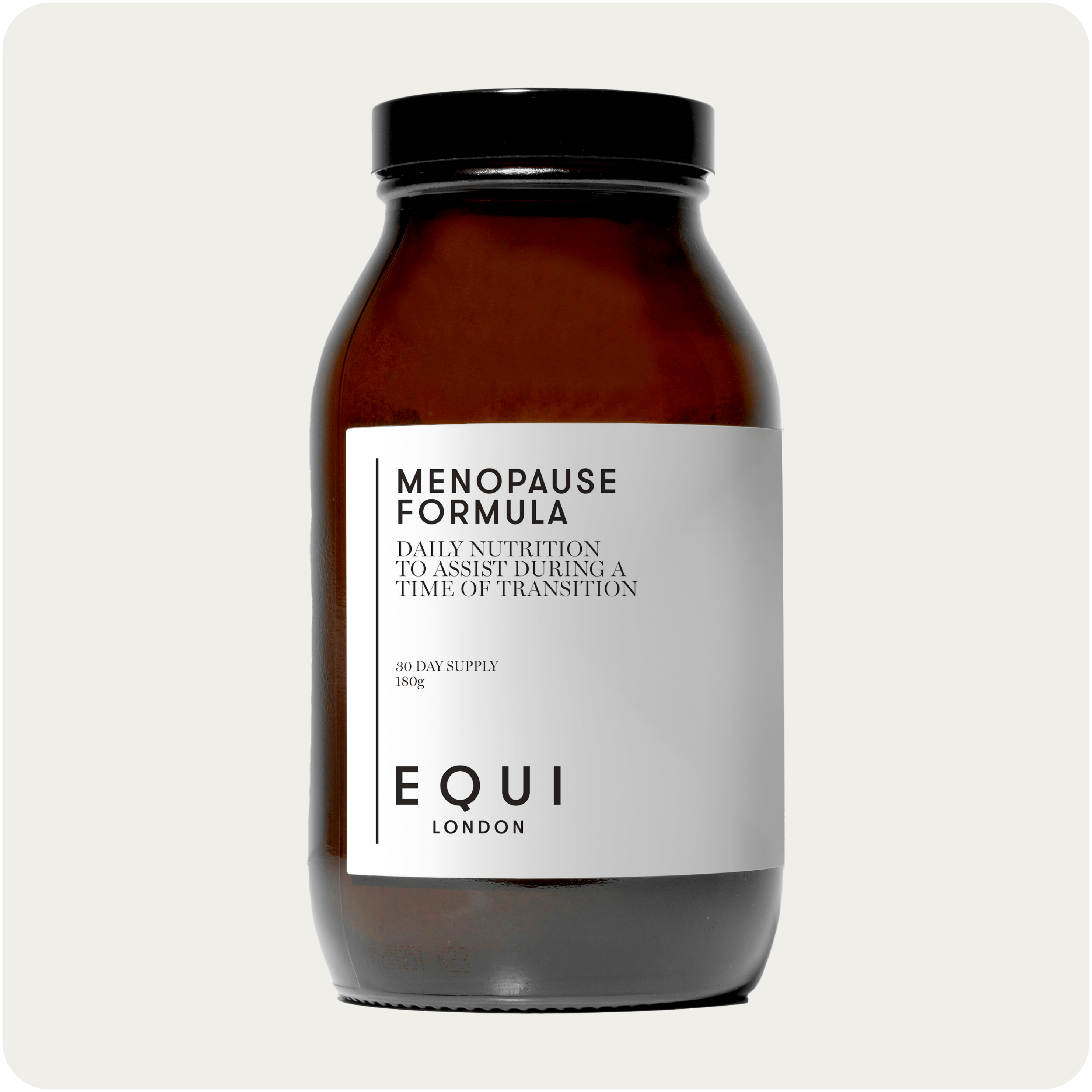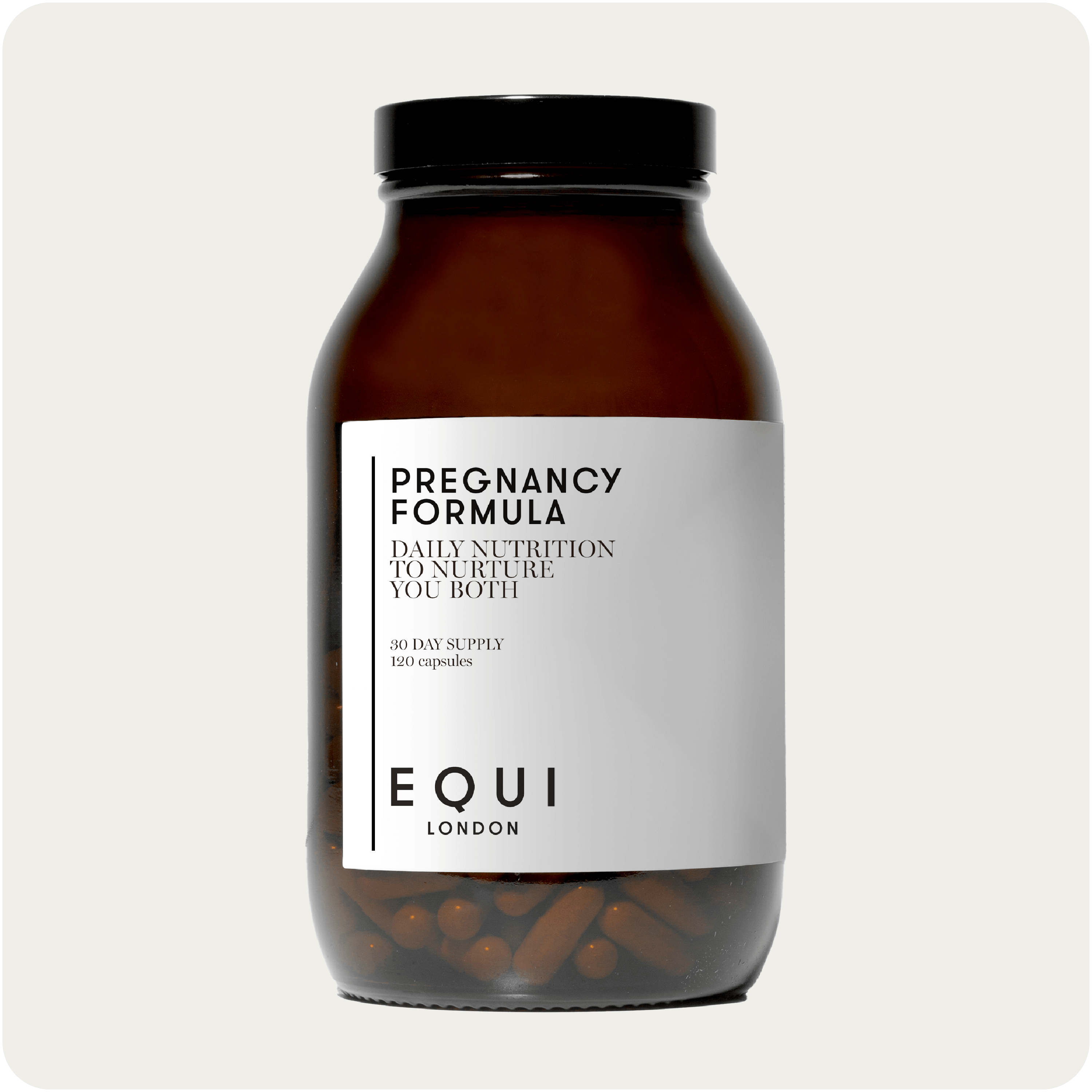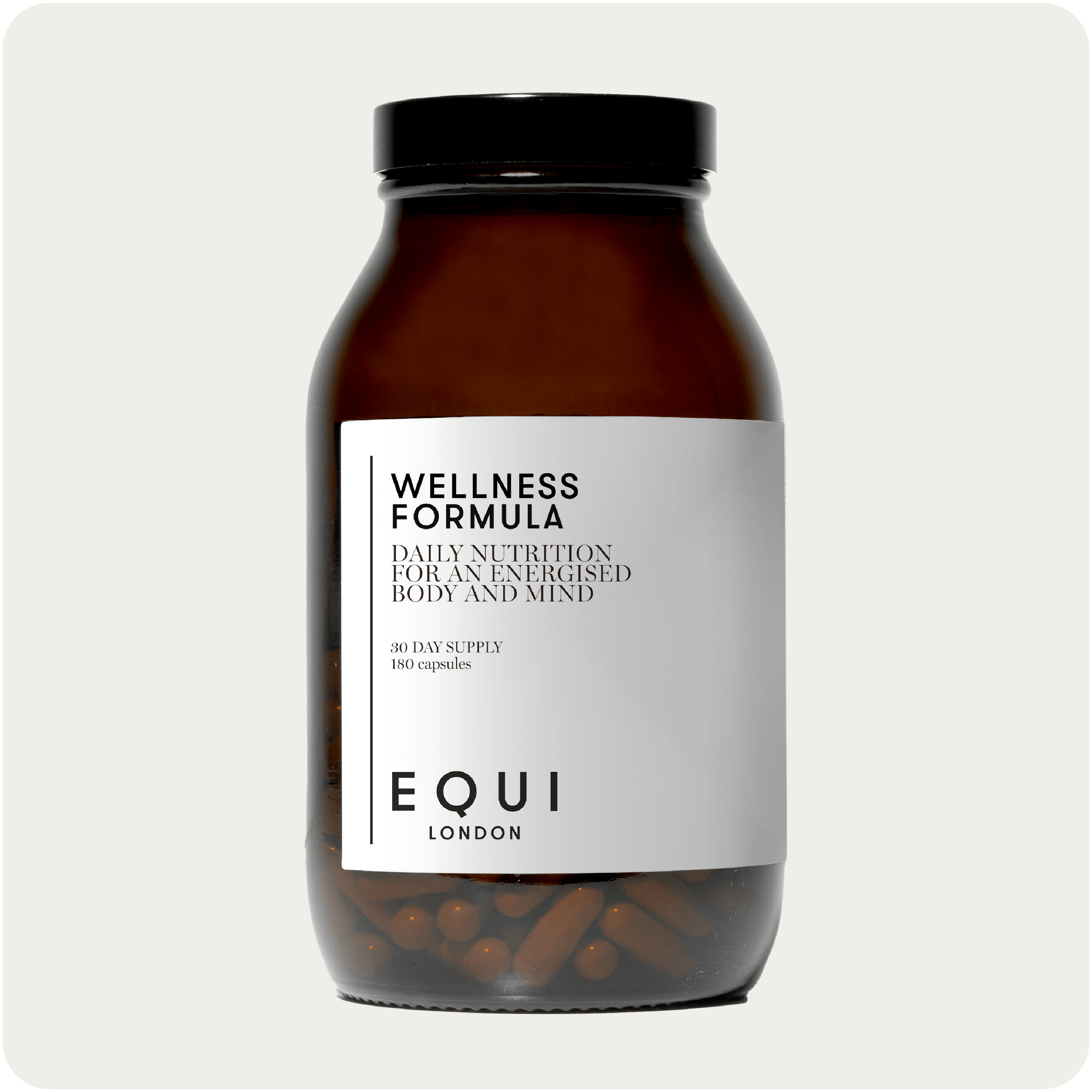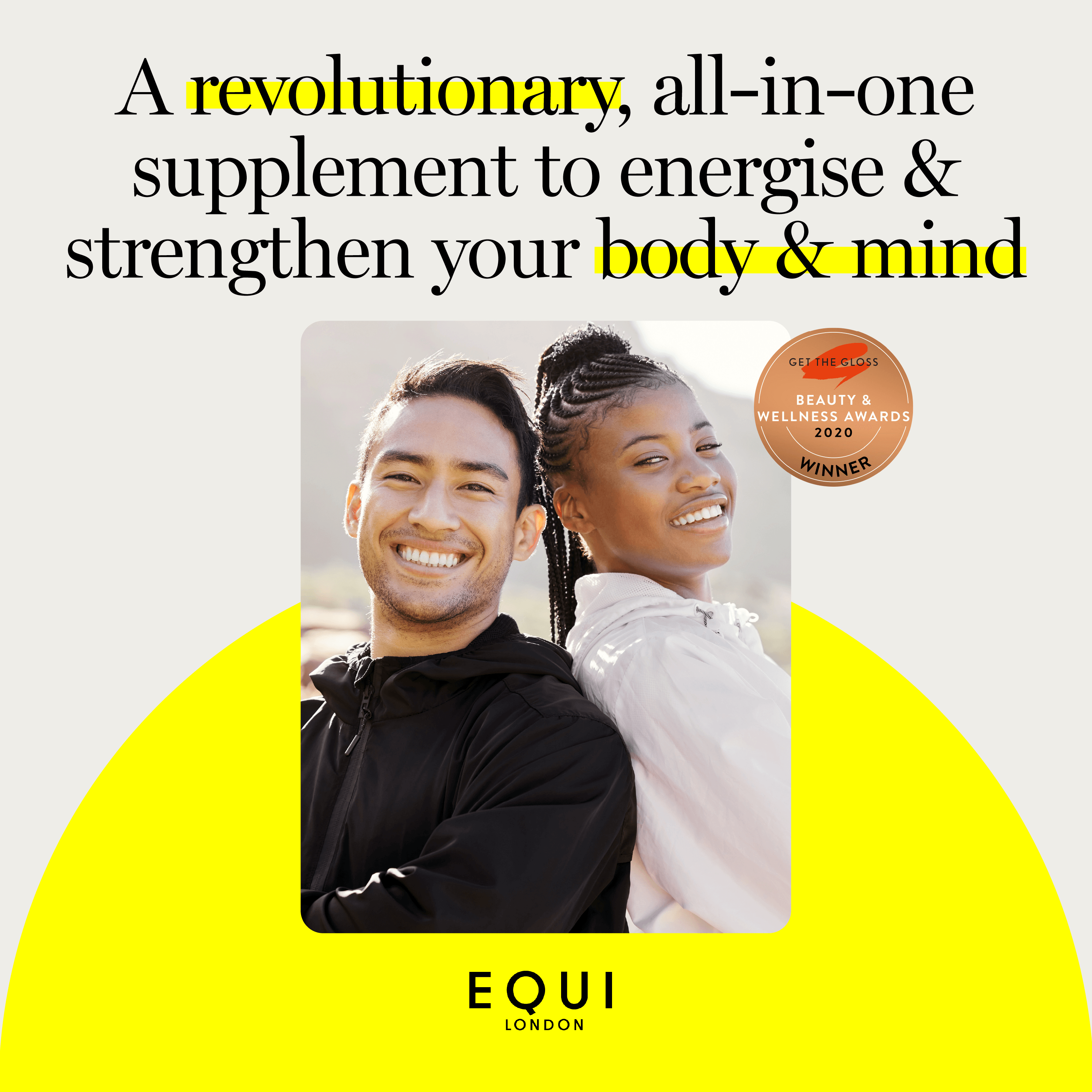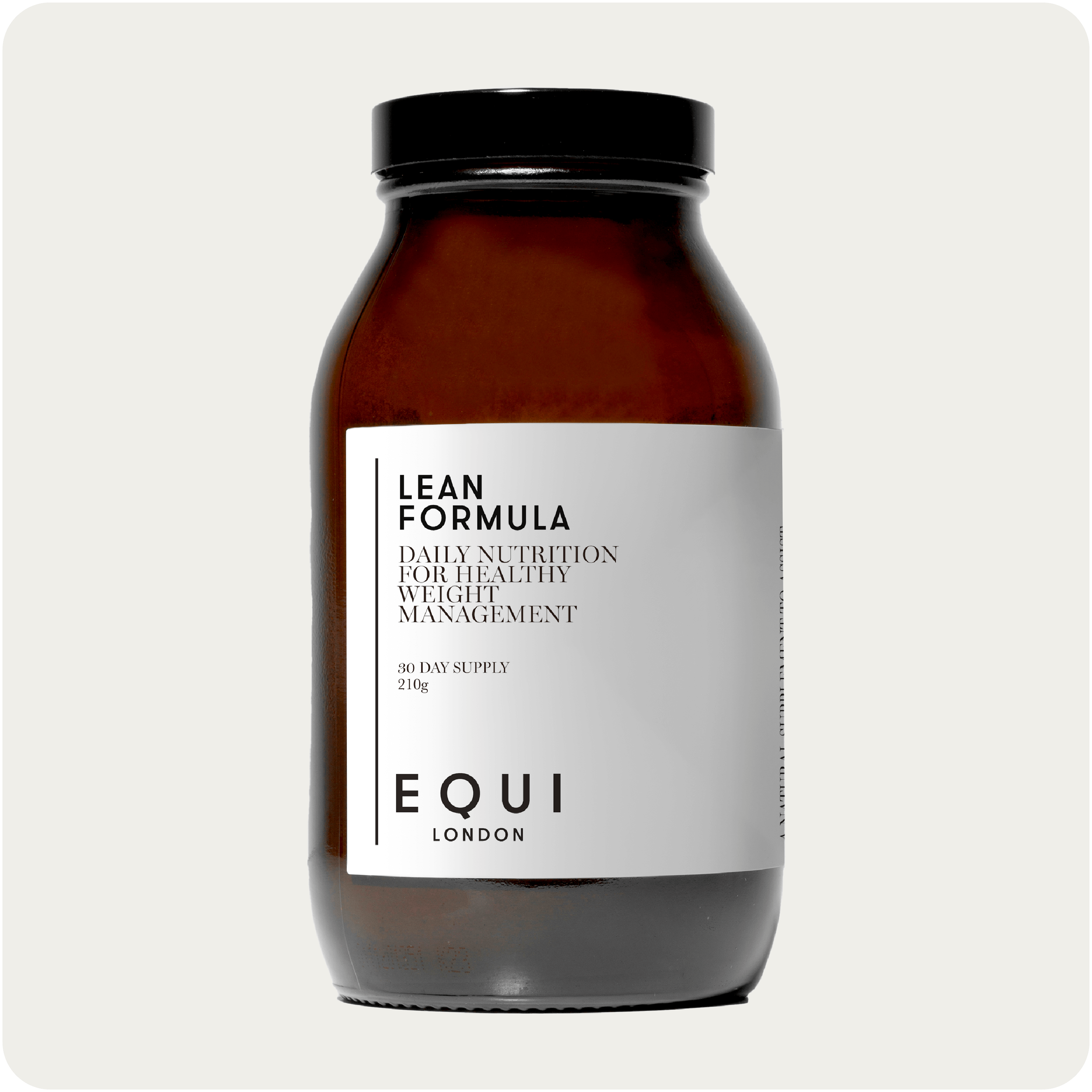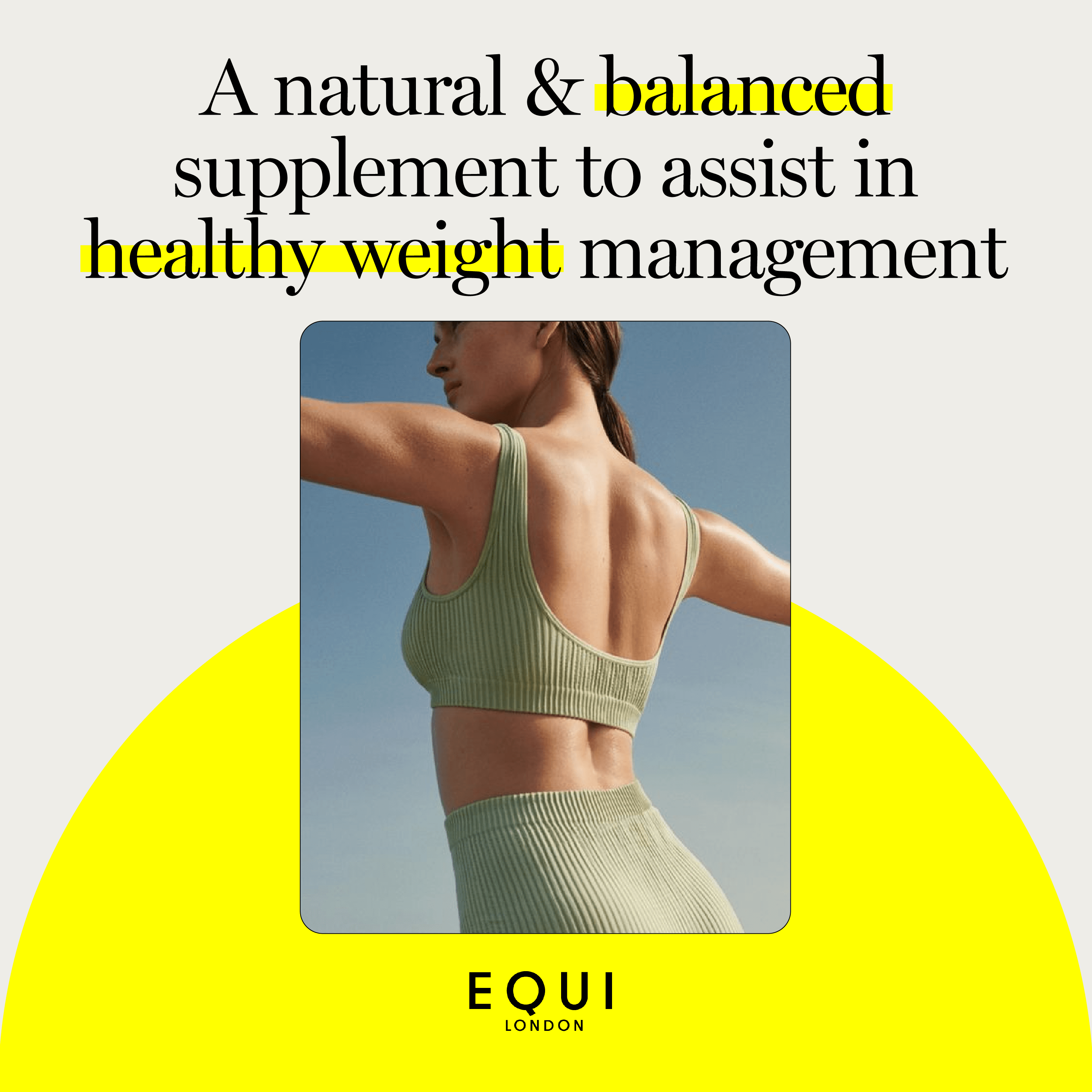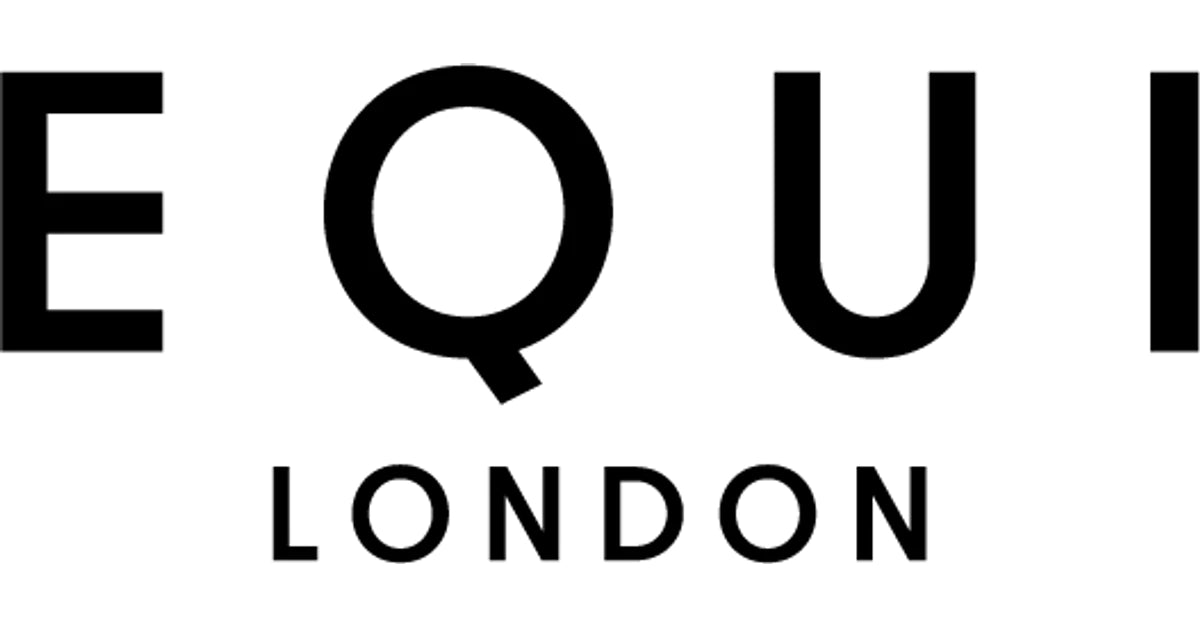
We all know that exercise is key for longevity, however, we must take many more factors into consideration to truly obtain the benefits. In today’s blog we aim to help you navigate exercise, how to fuel your workouts correctly, and the hormonal impact to consider to ensure that you aren't just living longer, but you're living and feeling better too.
As women, our bodies undergo a complex interplay of hormonal shifts throughout our lifetime. How we exercise, what we eat, and how we tweak this according to our hormones can have a profound impact on our overall wellness, longevity, and quality of life. But it isn't always as simple as just 'eating better and moving more.' Our bodies are intricate, finely tuned machines, and each of us respond differently to various forms of exercise and dietary changes.
In today's fitness-obsessed culture, we're often fed one-size-fits-all workout routines and diets that promise to be the 'magic bullet' for weight loss, muscle gain, or longevity. But the real key lies in understanding our bodies – how our hormones affect our energy levels, what kind of exercise fuels us without causing burnout, how to fuel our bodies pre-and-post workout, and not to mention, how to adapt our routines as we journey through different hormonal stages of life.
In this blog, we'll delve into exercise and nutrition, unearthing strategies that aren't merely about fitting into a certain dress size, but about fostering a lifelong commitment to health. We'll discuss the benefits of different exercise types - from power walking and HIIT cardio to weight bearing workouts, and their effects on our hormonal health. We'll also dive into the importance of nutrition and its role in supporting our workouts and promoting longevity. Hopefully through this blog, we can support you to redefine fitness, not as a short-term goal but as a lifelong journey of wellness and longevity!
How Exercise Impacts Our Hormones
In our journey to unlock the answers for longevity, let’s explore the three types of exercise, which can be categorised into aerobic, anaerobic, and flexibility training. Each of these different types elicits a unique hormonal response that has a direct impact on our health, wellbeing, and ultimately our longevity. Firstly, aerobic exercises which tends to be cardio types of workouts, such as power walking or long-distance running, increase our heart rate over a sustained period. This type of workout is well-known to stimulate the production of endorphins, the body's natural painkillers, and mood elevators, often referred to as the 'runner's high' (1). What’s more, regular aerobic exercise can enhance insulin sensitivity, aiding blood glucose management and therefore supports our hormone balance. It can also promote cardiovascular health, which is particularly important during the menopause (2). Anaerobic exercises, on the other hand, such as weight training or high-intensity interval training (HIIT), trigger a different set of hormones. These workouts increase the production of human growth hormone (HGH) and testosterone, essential for muscle building and repair. HGH is also crucial for cell regeneration, making it key to slowing down the aging process (3). Since testosterone declines as we age (from as early as our late 30’s in fact), weight bearing exercise is key in prolonging normal levels. Finally, flexibility exercises such as yoga and Pilates, while often overlooked, play a vital role in longevity. These exercises help reduce cortisol levels, our 'stress hormone,' promoting relaxation and aiding in stress management (4). These different hormonal responses, which are triggered by each type of exercise are all unique, yet equally supportive of longevity. Therefore, finding a balanced weekly fitness routine that incorporates all three forms will help enhance mood, support cardiovascular health, promote muscle strength, and aid in stress management - all of which are essential elements for longevity. For example, you could aim for 1-2 cardio workouts per week, 1-2 weight bearing workouts and 1-2 yoga or Pilates classes. Also, don’t overlook exercises like walking, which are fairly low impact whilst also offering weight bearing potential too.
Weights vs. Cardio
Are you the weights or cardio type?! Often, we tend to stick to one type of exercise yet both weight-bearing exercises and cardiovascular workouts play a crucial role in promoting health and longevity. They do so through different mechanisms and offer distinct benefits, so let’s dig a little deeper into the weights vs. cardio debate! Hopefully by understanding these differences, we can help build a more balanced and effective fitness routine. Weight-bearing exercises, such as weightlifting, push-ups, and even walking, involve working against gravity to stress and strengthen the bones and muscles. This type of workout stimulates osteoblasts, the cells responsible for bone formation, hence increasing bone density and reducing the risk of osteoporosis (5) - a particular consideration during our menopausal years. Moreover, these exercises promote lean muscle mass, which improves metabolic health, aids in weight control, and can mitigate age-related muscle loss (6). Cardiovascular workouts, on the other hand, can be divided into two types: slow-burning cardio, like power walking, and high-intensity interval training (HIIT). Both types support longevity in a different way as they are excellent for heart health, enhancing lung capacity, and promoting endorphin release. Slow-burning cardio helps to lower resting heart rate, blood pressure, and cholesterol levels, reducing the risk of cardiovascular diseases (7). HIIT workouts, although shorter in duration, can deliver similar health benefits more quickly due to the intensity of the exercises. Research suggests HIIT may be particularly effective for metabolic health, improving insulin sensitivity, and boosting energy at a cellular level (8). Striking a balance between weight-bearing exercises and cardio is key for longevity. By integrating both into your routine, you can reap the benefits of improved bone health, muscle strength, cardiovascular health, and metabolic function - all essential factors for promoting longevity.
Understanding What and When to Eat Around Workouts
Nutrition is often said to be the other half of a good workout regimen and it’s true! The foods we consume play a pivotal role in not only fuelling our workouts, but also in recovering post-exercise, building lean muscle, and enhancing overall performance. The balance of our macronutrients – carbohydrates, proteins, and fats – is crucial for any exercise type, whether it's weight-bearing or cardiovascular. Carbohydrates, for instance, are the primary energy source during high-intensity workouts. Studies have shown that a diet rich in complex carbohydrates can increase stored energy in muscles and improve performance (9). A complex carbohydrate would be brown rice which is a also considered a whole food, rather than white rice or a processed carbohydrate. Protein intake becomes crucial post-workout, supporting muscle repair and growth. Dietary protein is especially important for those doing any type of resistance training using weights or body weight. Amino acids, which are the building blocks of proteins, kickstart muscle protein synthesis, a key process for muscle growth and recovery, particularly amino acid leucine. Whilst on the subject of macronutrients, dietary fat should not be overlooked either. Though it has a bad rep in the context of calories, fat is critical for supporting low to moderate-intensity exercise, as well as for overall health and longevity. Omega-3 fatty acids have been shown to reduce inflammation, aiding recovery, and potentially improving cardiovascular health (10). The timing of nutrient consumption also has a profound impact. Pre-exercise meals or snacks aim to optimise fuel availability, whereas post-exercise nutrition focuses on recovery. For example, consuming a mix of protein and carbohydrates post-workout has been shown to enhance recovery and promote muscle synthesis (11).
Before Workouts
Prior to workouts, your primary goal is to fuel your body for sustained energy. Therefore, your meals should predominantly contain complex carbohydrates, the main energy source for all types of workouts. Low glycaemic foods such as oats, whole grains, bananas, and sweet potatoes are excellent choices as they provide a steady stream of glucose to power your muscles through your exercise routine. Additionally, they are high in fibre and therefore provide sustained energy release, preventing energy crashes midway through your workout. Adding a lean protein source can also be beneficial for preventing muscle breakdown during any prolonged sessions. Greek yoghurt, chicken, eggs, or a protein smoothie can work well here. Avoid consuming large quantities of fats and fibres too close to your workout though, as they can slow digestion and lead to discomfort during intense cardio exercises.
3 Easy Pre-Workout Snack Recipes
These snacks are all quick and easy to prepare, with a balance of proteins and carbohydrates that are beneficial before a workout. Plus, they're versatile and can be adjusted based on individual preferences or dietary needs.
1. Almond Butter Banana Toast
This snack provides a great balance of carbohydrates, protein, and healthy fats. The banana provides quick energy, while the almond butter and whole-grain bread provide sustained energy release.
Ingredients
- 1 slice of whole-grain bread
- 1-2 tablespoons of almond butter
- 1 medium banana, sliced
Method: Toast the bread to your preference. Spread the almond butter over the toast and top with sliced banana.
2. Greek Yoghurt Parfait
Greek yoghurt is a fantastic source of lean protein, and the granola and berries provide healthy carbs for energy.
Ingredients
- 1 cup of Greek yoghurt (unsweetened)
- 1 tablespoon of honey or maple syrup
- 1/4 cup of granola
- 1/2 cup of mixed berries
Method: In a bowl, layer Greek yoghurt, sweetener of choice, granola, and mixed berries.
3. Hummus and Veggie Sticks
The hummus provides protein and carbs, while the vegetables contribute additional carbs and fibre for slow energy release.
Ingredients
- 1/2 cup of hummus
- Assorted vegetable sticks (e.g., carrots, peppers, cucumber)
Method: Simply slice the vegetables into sticks or strips and serve with hummus.
After Workouts
Regardless of the type of workout, the main focus should be on recovery and muscle building. Following a workout, your body's glycogen stores will be depleted, so eating correctly will help to replenish them. Consuming carbohydrates post-workout will refill these stores and provide your body with the energy it needs for recovery. Choose complex carbohydrates like whole grains, which offer a range of essential nutrients and fibre. Additionally, don't forget to include some colourful vegetables for added vitamins and minerals. Protein is also essential post workout to provide the amino acids needed to repair and grow muscle tissues and aid recovery. It may help reduce muscle soreness and speed recovery time too. Foods like chicken, fish, eggs, and lean beef are all excellent sources of high-quality protein. For vegetarians, foods like quinoa, lentils, tofu, and tempeh can provide the necessary amino acids. Including some healthy fats, like avocados, nuts, or olive oil, can also help the body absorb vitamins and decrease inflammation. Finally, don't forget to hydrate, as some workouts can result in significant fluid and electrolyte loss!
The Ultimate Post-Workout Recovery Smoothie
This smoothie is packed with protein from the protein powder and almond butter, both of which aid in muscle repair and recovery. The banana and berries provide quick-digesting carbs to replenish glycogen stores, while the chia seeds offer a boost of omega-3 fatty acids for anti-inflammatory benefits. By adding in your favourite Equi Formula, you're also getting a dose of vitamins and minerals to further support recovery!
Ingredients
- 1 cup of almond milk (unsweetened)
- 1 medium banana, frozen
- 1/2 cup of mixed berries, frozen
- 1 scoop of high-quality protein powder (plant-based or whey, depending on preference)
- 1 tablespoon of chia seeds
- 1 tablespoon of almond butter
- A handful of spinach or kale
- 1-2 teaspoons of your Equi Formula such as Lean, Beauty, Wellness or Menopause (powder)
Method: Place all ingredients into a high-speed blender. Blend until smooth and creamy. If the smoothie is too thick, add a bit more almond milk and blend again. Taste and adjust, adding a bit of honey or maple syrup if you prefer it sweeter. Pour into a glass and enjoy!
Remember, each person is unique, and what works best can vary based on individual needs, workout intensity, and personal goals. It's essential to listen to your body and adjust your nutritional intake to best support your physical activity.
How Equi Supports Your Workout
Engaging in regular exercise is fundamental to promoting overall health and longevity. However, to reap the full benefits of physical activity, it is crucial to not only support our bodies with the right macronutrients, but micronutrients too. Our Formulas, which are all enriched with B vitamins, magnesium, CoQ10, iodine, selenium, vitamin D, and more, can bolster your workouts and assist your body's recovery and here’s how:
B vitamins – These play a crucial role in our body's energy production. They are instrumental in converting the food we eat into energy that our cells can use, supporting enhanced performance during workouts. One study found that individuals with low B vitamins intake had reduced high-intensity exercise performance and were unable to repair and build muscle mass following exercise (12).
Magnesium – This is another vital nutrient that aids in muscle contraction and relaxation and can help prevent muscle cramps during workouts. It also plays a role in the synthesis of protein in our bodies. A study found that magnesium supplementation improved physical performance in healthy women involved in a seven-week exercise program (13).
Coenzyme Q10 (CoQ10) – This is an antioxidant that our bodies naturally produce. It helps generate energy in our cells and might improve exercise performance. In fact, one study suggested that CoQ10 supplementation could improve power, reduce fatigue, and improve recovery in athletes (14).
Iodine – Integral to the production of thyroid hormones, Iodine regulates our metabolic rate. A healthy metabolism is key to ensuring that our bodies efficiently use energy during workouts.
Selenium - This is a powerful antioxidant that helps protect our cells from damage. It also contributes to the maintenance of hair and nails, enhancing our outward appearance of health and vitality. One study found that selenium supplementation improved endurance exercise performance and antioxidant capacity (15).
Vitamin D – This is a key nutrient that helps with the absorption of calcium, promoting bone health and strength. It also has a role in muscle function and immunity. In fact, studies show that vitamin D supplementation improved muscle function and reduced inflammation in athletes (16).
Through their potent blend of supremely pure and powerful nutrients, our Formulas provide comprehensive support for your workouts. They help enhance energy and reduce fatigue, support focus and mood, assist in recovery, whilst supporting hormones, gut health and more, ensuring that you get the most out of your exercise regimen. All you need to do is find your Formula – take our quiz today.
Tuning into Your Body's Needs
The importance of listening to our bodies and adjusting our workouts accordingly cannot be overstated. Our energy levels and physical capacities can fluctuate depending on numerous factors, including sleep, diet, stress, and hormonal changes. Learning how to adapt our exercise routines based on these variables is key to maintaining our overall health and longevity. During periods of tiredness or fatigue, it's crucial to reduce the intensity and duration of our workouts. Overtraining when fatigued can not only lead to poor form, which can increase the risk of injuries, it can also cause undue stress to our immune and endocrine systems (17). Instead, consider gentle activities like yoga, light walking, or stretching exercises. These practices not only preserve energy but also facilitate relaxation and mental tranquillity, further helping you recover.
Hormonal changes throughout the menstrual cycle can also affect how we feel and perform during workouts too. During the follicular phase (the first half of your cycle, leading up to ovulation) we typically experience higher energy levels, making it an optimal time for more intense workouts, including weightlifting or high-intensity interval training (HIIT) according to the research (18). On the flip side, during the luteal phase (the second half of your cycle, post ovulation), hormonal fluctuations may lead to feelings of fatigue, bloating, and mood swings, so moderate activities like steady-state cardio or Pilates might be more suitable. If you're experiencing hormonal changes related to the menopause, exercise remains crucial. Regular physical activity can help manage menopausal symptoms like hot flushes, mood swings, and sleep disturbances (19). Moreover, weight-bearing and resistance exercises are particularly beneficial in counteracting the increased risk of osteoporosis during this stage (20).
Ultimately, the aim of exercising is to enhance our health and wellbeing, not compromise it. Respecting our body's signals and adapting our workouts accordingly promotes a balanced, sustainable approach to fitness that supports our physical health and longevity. Remember, it's perfectly okay to replace an intense workout with a gentler one or even a rest day when needed! Fitness should be a lifelong journey, and understanding our bodies' ebbs and flows is an essential part of this.
References
-
Boecker, H., Sprenger, T., Spilker, M. E., Henriksen, G., Koppenhoefer, M., Wagner, K. J., Tolle, T. R. (2008). The Runner's High: Opioidergic Mechanisms in the Human Brain. Cerebral Cortex, 18(11), pp. 2523-2531.
-
Bird, S.R. & Hawley, J.A. (2017). Update on the effects of physical activity on insulin sensitivity in humans. BMJ Open Sport & Exercise Medicine, 2(1), e000143.
-
Kraemer, W. J., & Ratamess, N. A. (2005). Hormonal responses and adaptations to resistance exercise and training. Sports Medicine, 35(4), pp. 339-361.
-
West, J., Otte, C., Geher, K., Johnson, J., & Mohr, D.C. (2004). Effects of Hatha yoga and African dance on perceived stress, affect, and salivary cortisol. Annals of Behavioral Medicine, 28(2), pp. 114-118.
-
Bolam, K. A., van Uffelen, J. G., & Taaffe, D. R. (2013). The effect of physical exercise on bone density in middle-aged and older men: a systematic review. Osteoporosis International, 24(11), pp. 2749-2762.
-
Srikanthan, P., & Karlamangla, A. S. (2014). Muscle mass index as a predictor of longevity in older adults. The American Journal of Medicine, 127(6), pp. 547-553.
-
Swain, D. P., & Franklin, B. A. (2006). Comparison of cardioprotective benefits of vigorous versus moderate intensity aerobic exercise. American Journal of Cardiology, 97(1), pp. 141-147.
-
Gibala, M. J., & Little, J. P. (2010). Just HIT it! A time-efficient exercise strategy to improve muscle insulin sensitivity. Journal of Physiology, 588(18), pp. 3341-3342.
-
Thomas, D. T., Erdman, K. A., & Burke, L. M. (2016). Position of the Academy of Nutrition and Dietetics, Dietitians of Canada, and the American College of Sports Medicine: Nutrition and Athletic Performance. Journal of the Academy of Nutrition and Dietetics, 116(3), pp. 501–528.
-
Rodacki, C. L., Rodacki, A. L., Pereira, G., Naliwaiko, K., Coelho, I., Pequito, D., & Fernandes, L. C. (2012). Fish-oil supplementation enhances the effects of strength training in elderly women. The American Journal of Clinical Nutrition, 95(2), pp. 428–436.
-
Aragon, A. A., & Schoenfeld, B. J. (2013). Nutrient timing revisited: is there a post-exercise anabolic window? Journal of the International Society of Sports Nutrition, 10(1), p. 5.
-
Woolf, K., & Manore, M. M. (2006). B-vitamins and exercise: does exercise alter requirements?. International Journal of Sport Nutrition and Exercise Metabolism, 16(5), pp. 453-84.
-
Nielsen, F. H., & Lukaski, H. C. (2006). Update on the relationship between magnesium and exercise. Magnesium Research, 19(3), pp. 180-9.
-
Sarmiento, A., Diaz-Castro, J., Pulido-Moran, M., Kajarabille, N., & Guisado, R. (2020). Coenzyme Q10 Supplementation and Exercise in Healthy Humans: A Systematic Review. Current Drug Metabolism, 21(4), pp. 261-274.
-
Zagrodna, A., Slowinska-Lisowska, M., & Ziemba, A. W. (2017). The effects of selenium supplementation on the indicators of exercise-induced muscle damage in endurance runners. Journal of Exercise Rehabilitation, 13(2), pp. 189-196.
-
Angeline, M. E., Gee, A. O., Shindle, M., Warren, R. F., & Rodeo, S. A. (2013). The effects of vitamin D deficiency in athletes. The American Journal of Sports Medicine, 41(2), pp. 461-464.
-
Kreher, J. B., & Schwartz, J. B. (2012). Overtraining Syndrome: A Practical Guide. Sports Health, 4(2), pp. 128–138.
-
Oosthuyse, T., & Bosch, A. N. (2010). The effect of the menstrual cycle on exercise metabolism: implications for exercise performance in eumenorrheic women. Sports Medicine, 40(3), pp. 207-227.
-
Daley, A., Macarthur, C., Mutrie, N., & Stokes-Lampard, H. (2015). Exercise participation, body mass index, and health-related quality of life in women of menopausal age. British Journal of General Practice, 57(535), pp. 130-135.
-
Martyn-St James, M., & Carroll, S. (2006). Progressive high-intensity resistance training and bone mineral density changes among premenopausal women: evidence of discordant site-specific skeletal effects. Sports Medicine, 36(8), pp. 683-704.
